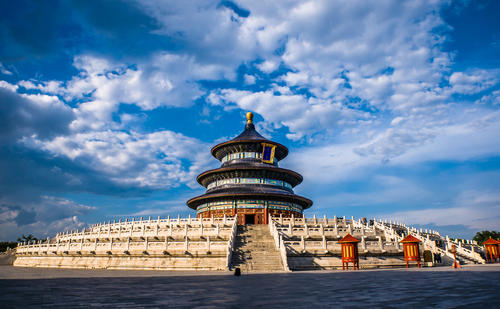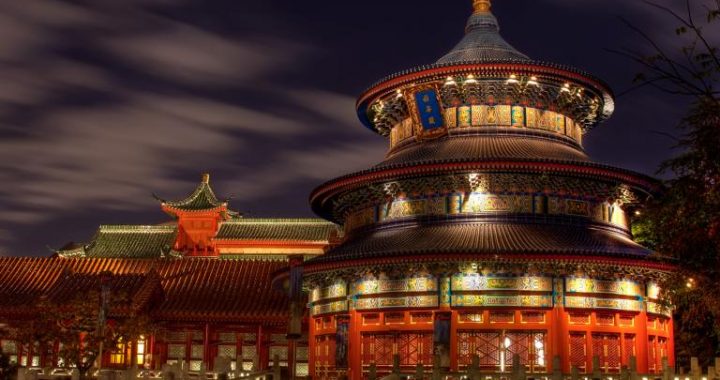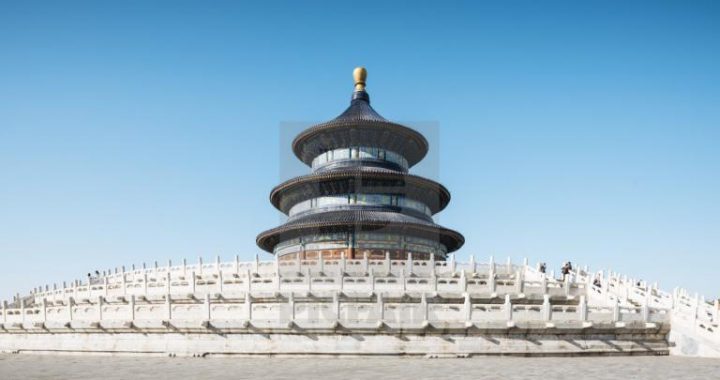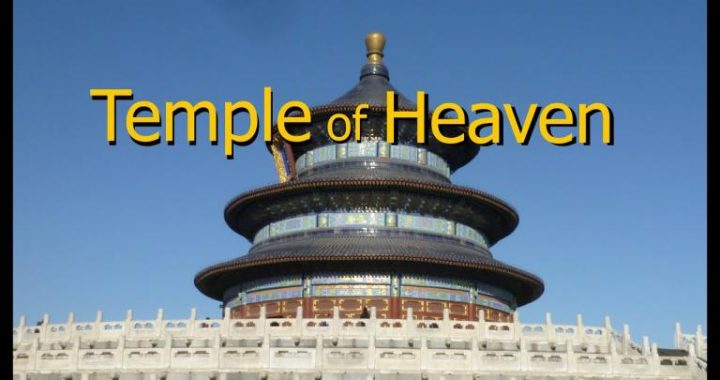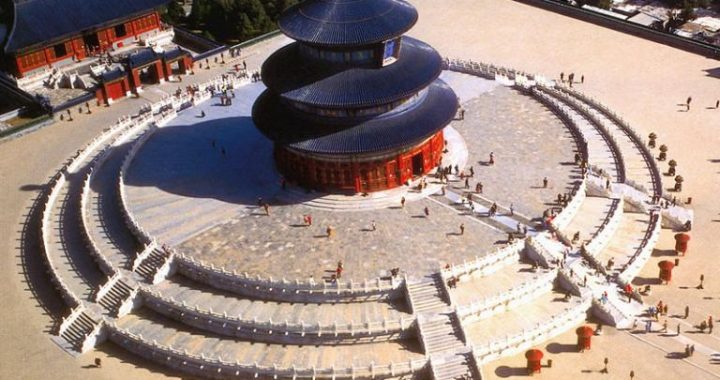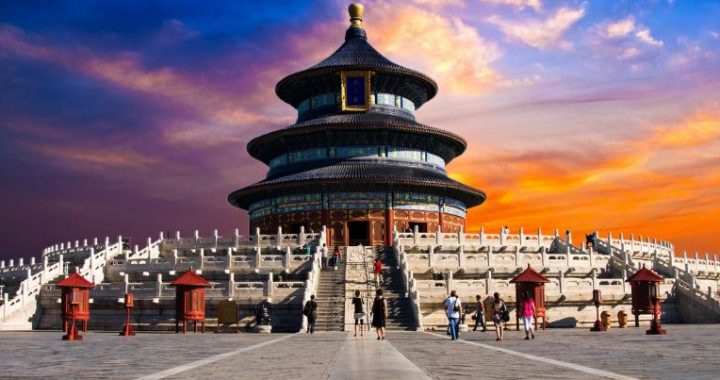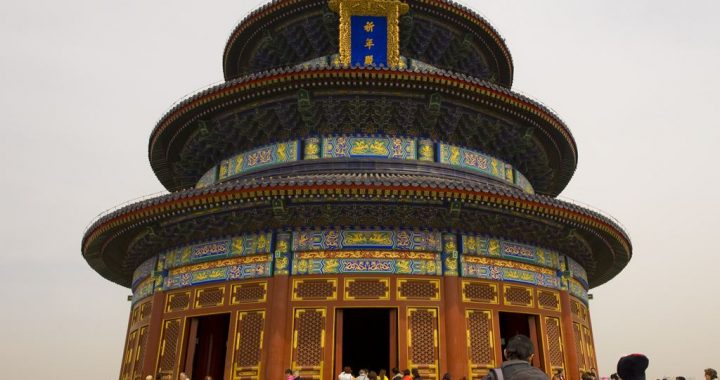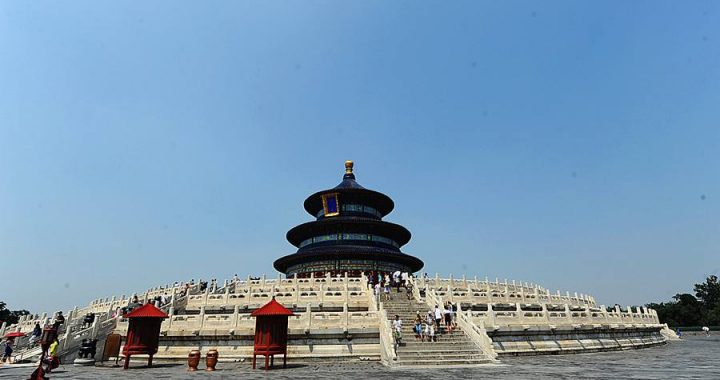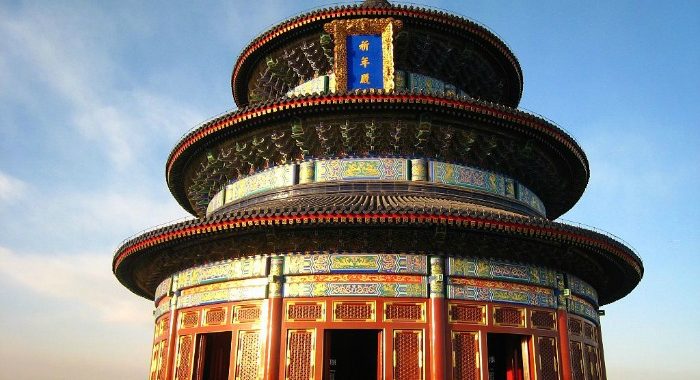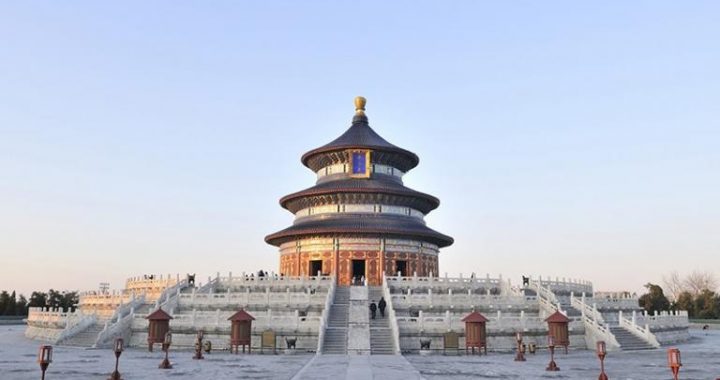The Temple of Heaven
2 min readThe Teple of Heaven is the largest altar architecture in China,listed as a World Cultural Heritage by UNESco in 1998.Situated in the south of the city of Beijing,its construction commenced at the 18th year of the reign of Emperor Yongle(1420)in the Ming dynasty at the same time as the Imperial Palace.It is the place where the eperors in the Ming and Qing dynasties held sacrificial rites to worship gods of Heaven and Earth and to pray for buper harvests.

The enclosing wall of the Temple of Heaven is shaped like the Chinese character”return”round in the north and souare in the south.
All the twentr-for pillars at the middle and outer tiers symbolize together the 24 solar terms in traditional Chinese calendar.The total 28 pillars of the three tiers including the four central pillars symbolize 28 constellations.The 28 pillars plus 8 top pillars symbolize the 36 higher war gods.The Thunder-Lord Pillar under the apex symbolizes the iperial sovereignty over the world.
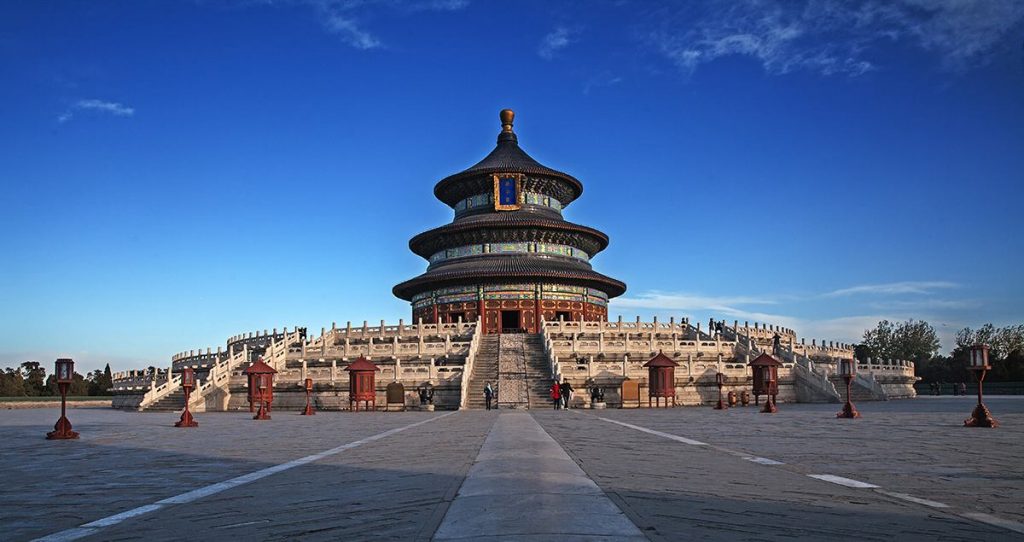
The Round Mound Altar is a three-tier round stone altar in the open,where the eperors dedicated sacrificial offerings to Heaven at the Winter Solstice.The number of the guardrail,pillars and the number of steps of the three tiers are both multiples of nine,coincident with the symbol of the supremacy of the emperor.Standing and speaking on the top of the round mound in a moderate voice,the speech will sound very sonorous due to the clever application of the principle of sound-wave reverberation,adding to the mysterious atmosphere of the ceremony.
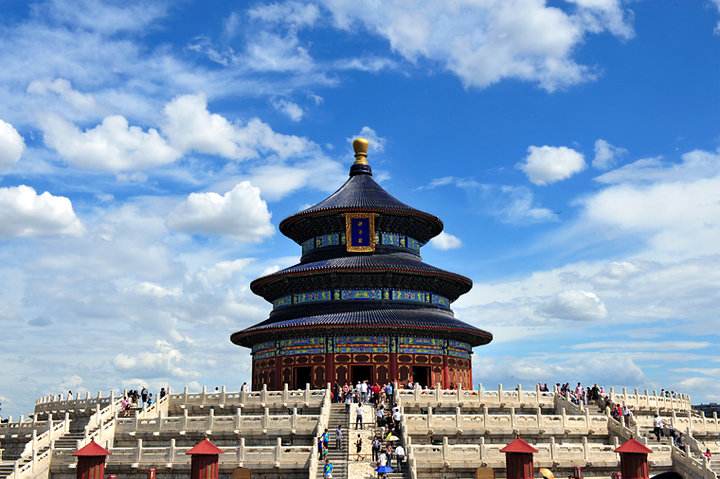
Various symbolic meanings are encoded in the construction of the Temple of Heaven.Write down the symbolic meaning of each of the following items.
